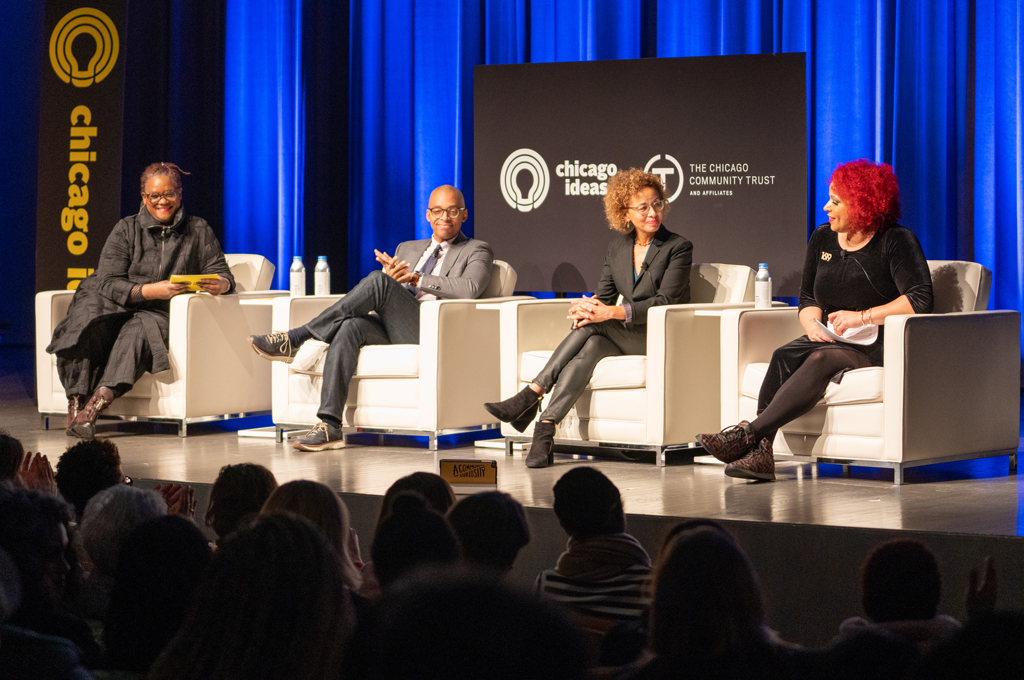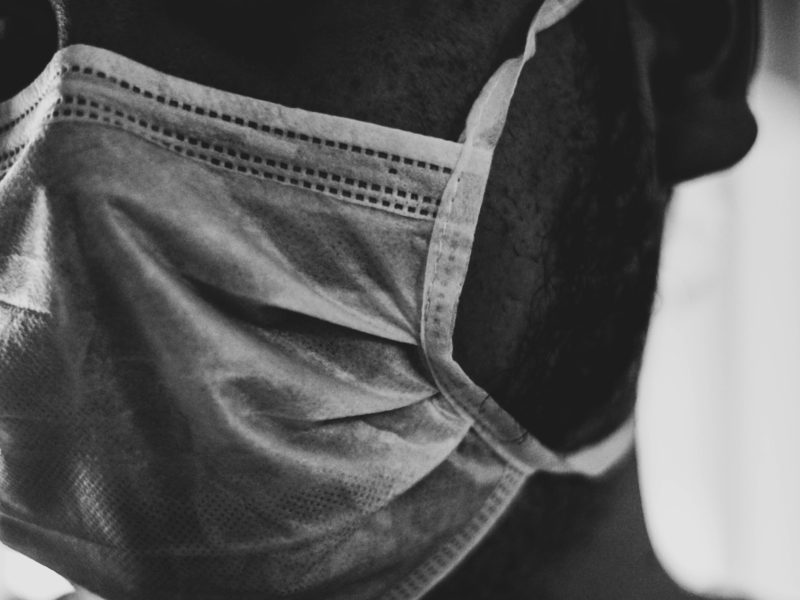
5 Takeaways from “The 1619 Project with Nikole Hannah-Jones”
“I wanted to address the question that every black person has heard, which is: ‘slavery was a long time ago, why don’t you just get over it?’ And I wanted to show that the nation wasn’t over it.”
On Monday night, we brought Nikole Hannah-Jones, the mind behind the 1619 Project, together with some of the contributors to the landmark New York Times publication to explore some of the project’s implications on today’s world. One fact was impossible to avoid: from the grocery store to the doctor’s office, there are truly no places we spend time that aren’t shaped indelibly by the forces of American slavery.
Here are some of the key takeaways from a powerful evening learning how the story of slavery’s lasting legacy was told by Hannah-Jones and her collaborators:
Language Matters
Knowing how significantly language can impact people’s understanding of history, Nikole Hannah-Jones created a special style guide for editing essays in “The 1619 Project.”
For instance, she made sure that contributors referred to plantations as forced labor camps, and that enslaved people weren’t merely called “slaves.”
Enslaved People Carried Enormous Value
In order to emphasize how foundational systems of enslavement were to the American economy, Hannah-Jones noted that the value of enslaved people as property eclipsed the total value of all the railroads and factories in the United States at the time.
Stereotypes Have Health Consequences
Black women receive less pain management after caesarean sections than their white counterparts, a fact that Linda Villarosa, an expert on medical inequities, says is indicative of the way that erroneous assumptions about higher black pain tolerance—which can be traced back to the forced labor camps of the Antebellum era—continue to affect medical care.
Skilled Laborers First
People often think that black people were taken at random from villages across Africa, but in reality the most skilled laborers (experts in everything from rice cultivation to basket weaving to carpentry) were the ones brought to the colonies, instigating an unprecedented theft of cultural knowledge.
Sugar Was White Gold
While for most Americans the harvesting of cotton is synonymous with slavery in the U.S., especially in the 17th and 18th centuries, sugar cane was the dominant crop for which slaves were brought across the Atlantic.
Its cultivation generated so much wealth for the new colonies that it earned the nickname “white gold.”
Keep the ideas going. Watch the full “The 1619 Project with Nikole Hannah-Jones” program where you can learn even more about how these journalists and historians brought this important project to life.





Ellen Fiedelholtz
The 1619 project is important and brilliant – thank you for chronicling, reporting and teaching us all about a subject many of us thought we new something about. #wordsmatter #alllivesmatter